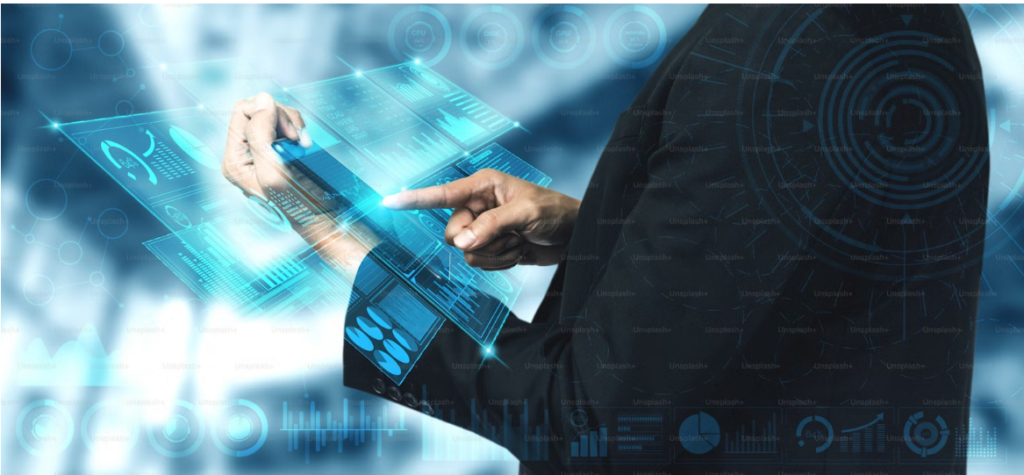In the 21st century, a new technological revolution has been quietly reshaping the way we live, work, and interact with the world around us. This revolution is driven by the Internet of Things (IoT), a network of interconnected devices that communicate and share data over the internet, without requiring human-to-human or human-to-computer interaction.
What is Internet of Things?
Internet of Things refers to a vast network of everyday objects embedded with sensors, software, and other technologies that enable them to collect and exchange data. These objects can range from simple household appliances and wearable devices to complex industrial machinery and smart city infrastructure. The key characteristic of IoT devices is their ability to connect to the internet and to each other, allowing them to transmit and receive data, analyze it, and take action based on the information they receive.
How Does IoT Work?
ChatGPT
IoT devices then transmit this data to a central system or other connected devices. Cloud computing and advanced analytics process the data collected in real-time, offering valuable insights and enabling informed decision-making.
For instance, in a smart home, users can remotely control IoT devices like thermostats, lights, and security cameras via a smartphone app.
In an industrial setting, IoT-enabled machinery can monitor performance metrics such as temperature, pressure, and vibration. By analyzing this data, predictive maintenance algorithms can identify potential issues before they escalate into costly breakdowns, thereby improving operational efficiency and reducing downtime.
Impact on Industries
The impact of Internet of Things extends across various industries, including healthcare, agriculture, transportation, and retail. In healthcare, IoT devices such as wearable monitors and implantable sensors enable continuous health monitoring and remote patient care. Farmers use IoT sensors to monitor soil moisture levels and crop health, optimizing irrigation and increasing yield. In transportation, IoT-enabled vehicles can communicate with each other and with infrastructure to improve traffic flow and enhance road safety.
Challenges and Considerations
Despite its numerous benefits, Internet of Things also presents challenges, primarily related to data privacy and security. With billions of devices collecting and transmitting data, ensuring the security of this information is crucial to prevent unauthorized access and potential breaches.
Moreover, interoperability standards and compatibility issues among different IoT devices and platforms can hinder widespread adoption and integration. Addressing these challenges requires collaboration among industry stakeholders, policymakers, and cybersecurity experts to establish robust standards and protocols.
The Future of Internet of Things
Looking ahead, the IoT ecosystem is poised for exponential growth, fueled by advancements in artificial intelligence, 5G connectivity, and edge computing. These technologies will further enhance the capabilities of IoT devices, enabling faster data processing, lower latency, and greater autonomy.
As IoT continues to evolve, its potential to revolutionize industries, improve efficiency, and enhance quality of life remains unparalleled. However, achieving this potential will require responsible deployment, vigilant cybersecurity measures, and a commitment to addressing ethical and regulatory considerations.
Conclusion
In conclusion, the Internet of Things represents a transformative force that is reshaping our world. By connecting the physical and digital realms, Internet of Things is unlocking new opportunities for innovation, productivity, and sustainability across all sectors of society. Embracing this technology responsibly will be key to harnessing its full potential and creating a connected future that benefits everyone.

